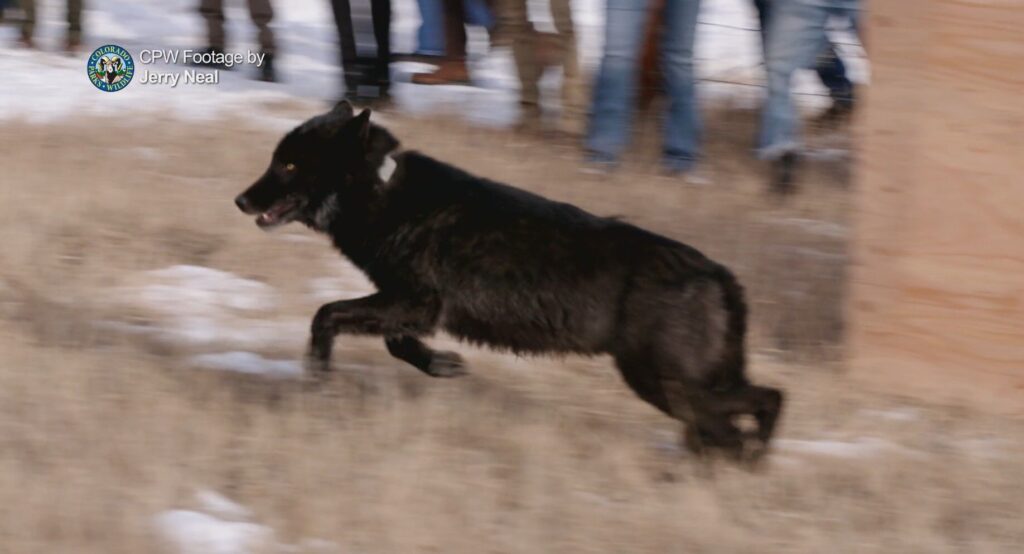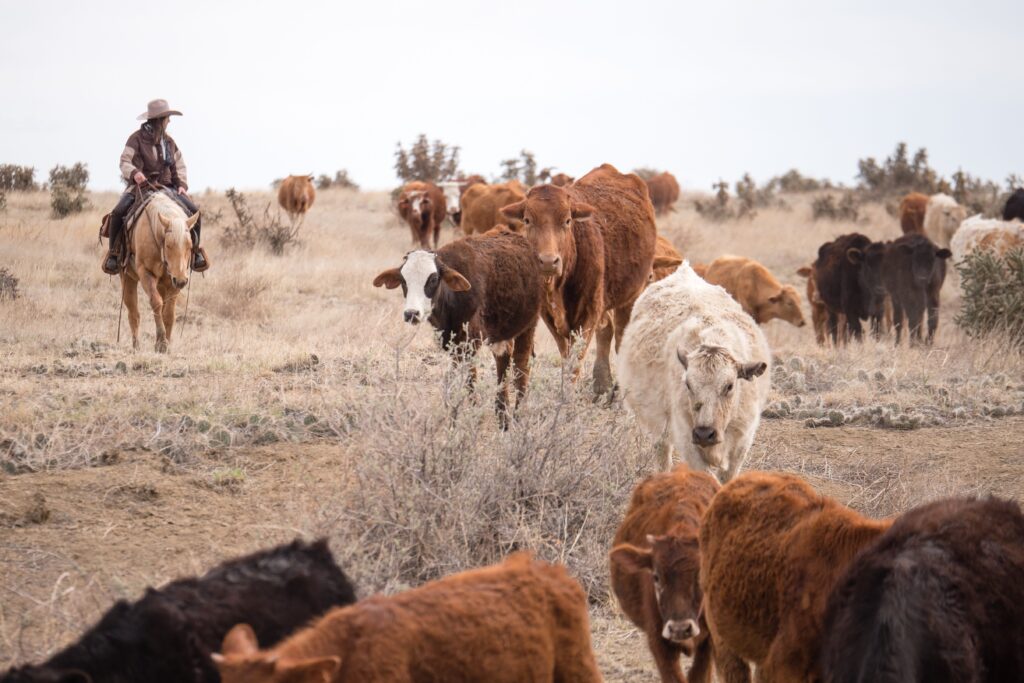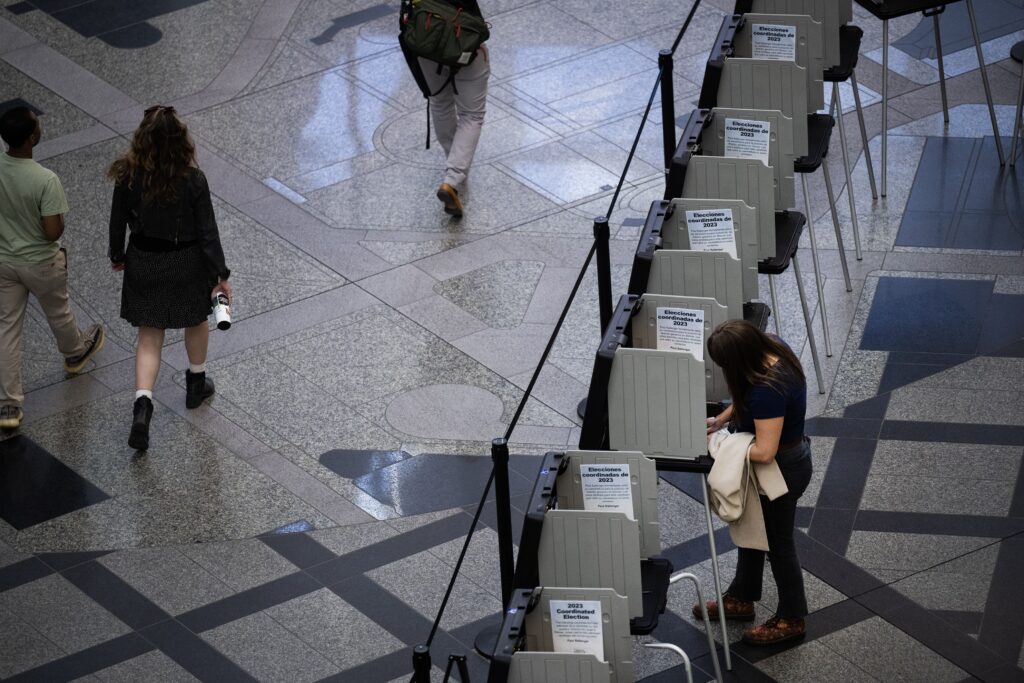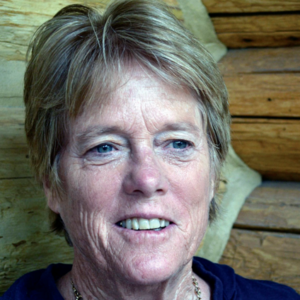How to build faith in Colorado’s mail-in ballots | CALDARA
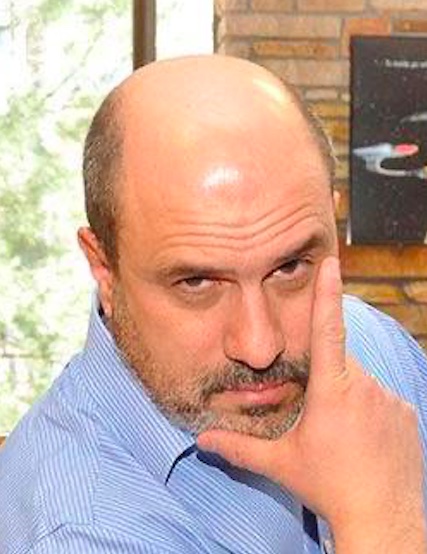
Here’s a little news story that deserves a ton more attention.
Elizabeth Ann Davis, 61, of Castle Rock was convicted of voter fraud. She illegally voted ballots for her son and dead ex-husband. She could face up to three years in the pokey.
This is a big deal because voter fraud is a very difficult thing to prove. Hats off to the 23rd Judicial District’s DA office for making this a priority. Make this woman an example — fill out someone else’s ballot, go to jail for three years.
But how widespread is this type of voter fraud? Who knows? Mail-in ballots invite this brand of mischief. When ballots are launched into mailboxes like grocery-store coupons, it’s an invitation for others to use them.
“Vote early, vote often” is not just a funny line. For some, it’s marching orders.
There are ways to greatly reduce this kind of fraud and build faith in all-mail voting.
Voter rolls are very rarely purged. Those who make a living screaming “voter intimidation!” have made it near impossible to remove the deceased or those moved to a different location (wait — is dying just a change of address?).
It’s common for Colorado towns to have far more people on the voter rolls than their actual population — new voters get added while dead ones stay.
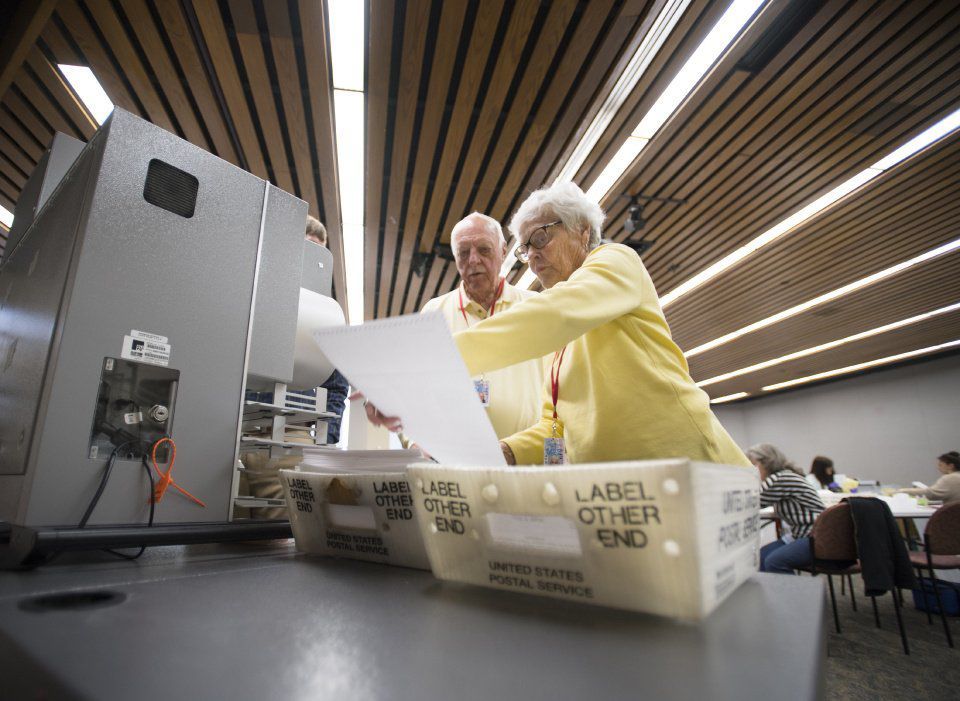
Those of us who are skeptical of mail-in balloting understand why the system was created. It gives a huge advantage to the side that has the superior ballot harvesting infrastructure — clearly the left.
ID requirements are mocked as bullying. Because as everyone knows, the poor and people of color have no IDs and can’t get any. This is why none of them drive a car, open a bank account, cash a Social Security check, board an airplane, rent a hotel room, purchase a firearm, buy a beer, or even get a library card.
Yep. I recently got a Denver library card; official photo ID was required. We take our library borrowing very seriously in this state because, damn it, democracy is at stake. Requiring ID to vote, well that’s racism.
Mail-in balloting requires an election month, not an Election Day. With today’s powerful algorithms and accurate marketing data, knowing how someone will vote, should they vote, is easy. The Secretary of State’s office publishes a daily list of who’s voted. Harvesting is simply the legal method of harassing those who haven’t voted to return their ballots
Vote harvesting infrastructure cost millions and takes years to build. Unlike Colorado’s right, Colorado’s left has both deep pockets and patience. They spent the better part of 15 years perfecting their harvesting machine. Not to be outdone, Colorado’s right spent that time throwing their poop at each other.
The left (who holds every lever of power here) will never allow for same-day, in-person, photo ID voting. Meaning the right will never have faith elections are honest. They will never trust when outcomes don’t go their way.
The leftist reaction? “Who cares?” Well, the left should. Election distrust was a major factor in President Donald Trump’s victory.
Yes, Colorado’s all-mail system is safer than most. But let me suggest two reforms.
The first is to ban the Secretary of State’s office from releasing the list of who has voted until after the election. This will make it much harder to game the system.
And secondly, it’s time for a biometric marker on our ballots. My phone can tell it’s me by facial recognition. My computer opens by reading my fingerprint when I hit the on button. The TSA even has facial recognition to get through the airport.
But Colorado’s security for ballots? In a matter of two to three seconds a bleary-eyed human compares how you signed your ballot envelope with some old signature they have on file.
Ask any kid who has forged his parent’s signature. A signature is not ID.
Colorado has a database of everyone’s thumbprint with an ID or driver’s license. A single-use thumbprint spot on your ballot return seems more than doable with today’s technology.
Verifying your thumbprint with the state database can be done with the same technology that unlocks your phone, and without the costly and error-prone human element.
In other words, technologies should provide an inexpensive way to send a unique identifier with every ballot.
And with the savings the state can give a free ID to all the “disenfranchised.”
Jon Caldara is president of the Independence Institute in Denver and hosts “The Devil’s Advocate with Jon Caldara” on Colorado Public Television Channel 12. His column appears Sundays in Colorado Politics.







